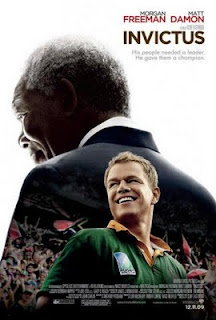


I. Discuss the following questions with a partner.
1. What kinds of food are popular where you live?
2. How often do you eat fast food?
3. How do you like fast food restaurant? Which one is your favorite and why?
4. What do you like and dislike about fast food restaurants?
5. What meal do you prefer to have fast food? Why?
6. Are there any rules in your house when you eat? Which ones?
7. Can you eat anything? Explain it.
8. What is your favourite breakfast, lunch and dinner?
9. Do you think “you are what you eat”? Explain it.
10. What do you think about canned, frozen and processed food?
11. Do you like fast food and slow food? Why?
12. What national dishes from your country would you recommend to the world?
13. Is fast food necessarily junk food? Explain it.
14. Is slow food necessarily healthier than fast food? explain it.
II. Read the statements below about eating habits. Decide whether they are (A) advantages or (D) disadvantages of fast food.
1. ( ) In today's fast-paced life, there is nothing more practical than getting a ready meal.
2. ( ) Besides the time an individual has to spend in the kitchen, cooking a meal also requires one to make a trip to the supermarket to buy the ingredients for the dish.
3. ( ) There is the added effort and time consumed in washing and peeling the vegetables when you cook your own meal.
4. ( ) If someone lives alone, it is cheaper to buy a meal at the supermarket or a snack bar instead of cooking it at home. Certain fast foods like fries and burgers are inexpensive.
5. ( ) You can find some options on the menu of a fast food. Salads, bread products that are made from wheat bread, lean meat, boiled preparation instead of fried, fruit juices, low-fat milk, or diet soda are smart choices.
6. ( ) It is a fact that fast food is more unhealthy than home-cooked meals, as they contain higher amounts of salt, fats and calories.
7. ( ) Fast food is an important contributor to obesity in the population.
8. ( ) Given the sedentary lifestyle that we lead today, the excess fats and calories that we take in with fast food is not used up completely, accumulating in our body as fat deposits that cause complications like cardiovascular diseases and other related diseases of the heart.
9. ( ) The greater the number of people at a meal in a fast food restaurant, the larger is the bill. Eating at fast food outlets is economical only for a single person.
10. ( ) Fast food joints are also being seen as a factor that is making a number of families spend less and less time together.
11. ( ) Fast food restaurants are attractive to many children, with large playgrounds and birthday lounges.
12. ( ) You can find fast food restaurants practically anywhere around the city.
III. Watch the movie segment below from the movie Food, Inc. and discuss the questions that follow:
1. Describe the scene.
2. What do they talk about fast food?
3. Do you think it is true what they say about fast food?
4. Have you ever considered the issues mentioned in the segment when you eat in a fast food restaurant? Will you change your eating habits because of this?
5. What should be done about eating fast food in restaurants like the one mentioned in the segment?
6. Do you think fast food is actually a problem? Why (not)? What should be done about it?
IV. Watch the scene from the movie Falling Down and discuss the questions.
1. Describe the scene.
2. Why did the character act that way?
3. What did he expect and what did he get?
4. How is fast food pictured in the segment?
5. What does it show about the American way of life?
MOVIE SEGMENT DOWNLOAD - FOOD INC
MOVIE SEGMENT DOWNLOAD - FALLING DOWN















